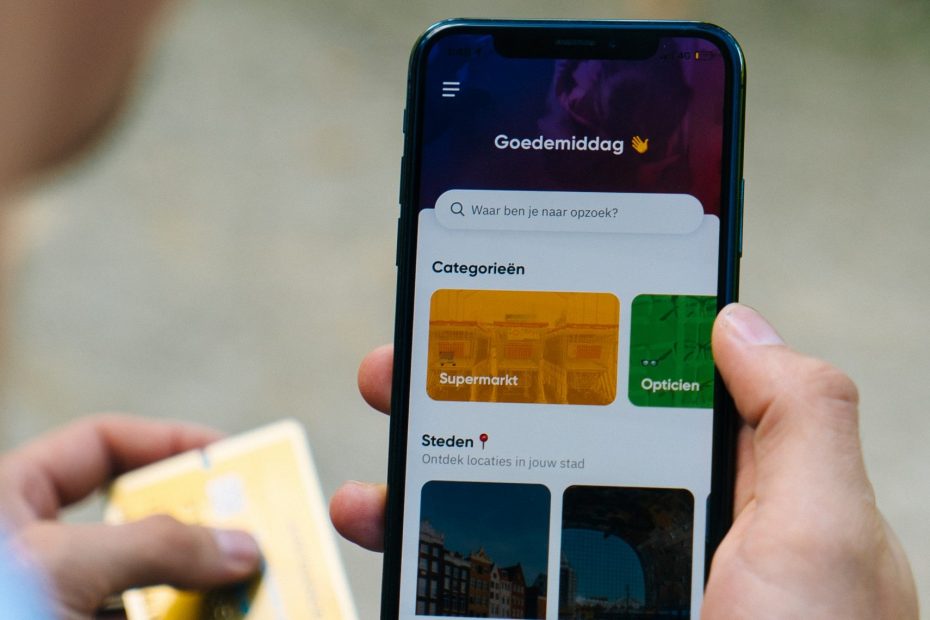According to an October 15 report from Juniper Research, it was estimated that the mobile banking ecosystem had well over 1 billion users around the world. It was estimated that by the year 2020, this number would double.
In March 2016, a Federal Reserve Consumer and Mobile Financial Services report discovered that, in the US alone, 43% of all cell phone owners had used mobile banking in the last 12 months.
The Risks Of Using Mobile Apps
Although mobile banking offers numerous services such as checking account balances, receiving alerts, transferring funds, and paying bills, the truth is that such apps amplify the risk for fraud. That is because these banking institutions, in most cases, never design these platforms within their organization.
Banks typically rely on external vendors to not only create but also deploy these apps. Inevitably, these banks end up taking in the anti-money laundering, know-your-customer, and fraud risk from numerous third parties.
Practical Detection And Prevention Measures To Mitigate Banking Fraud
Both consumers and financial institutions must implement practical yet effective fraud detection and prevention solutions for the best security. Here are some of those solutions:
- Text Alerts and Consumer e-mail
A very effective solution for fraud detection is to notify customers in “real-time” when there has been suspicious activity detected in their account on their mobile device. For instance, if the customer initiates a payment to a “new payee”, the bank can send a text to notify the customer and ask for their confirmation that this transaction was legitimate. Not only will this halt potential fraud in its tracks but it can also deepen customer trust.
- Multi-Factor Authentication
During the initial registration of an account, it would be beneficial to implement a powerful multi-factor authentication procedure. When it uses “out-of-band authentication”, it becomes the first and most essential step to mobile banking security.
- Behavior Monitoring and Online Activity Logging
By routinely monitoring consumers’ mobile account access, any abnormal activity can be easily detected such as access from foreign countries. Normal activity can also be recorded for reference.
AI fraud detection software can be entrusted to monitor all online activity. Fraud detection companies such as BioCatch and Paygilant can assist in combating fraud by utilizing Passive Biometrics.
- Cleaning Out Malware
Hackers have been notorious for duping customers and bank staff into clicking on links, only to download malicious software onto their computers. Once the computer is infected, the hacker goes in and views emails, captures screens, tracks keystrokes, and ultimately steals sensitive information to access funds. By having the latest security software, this malicious virus can be removed.
- Using HTTPS For Secure Access
By using HTTPS protocol, it ensures a secure connection over the internet. All data is also encrypted to protect it from being stolen. HTTPS protects consumers against “middle-man attacks” which can mean the stealing of banking or personal information.
- Multi-Channel Fraud Monitoring
Of great benefit would be to gather multiple data sources from across diverse channels to get a more holistic view of both a customer’s account and any suspicious activity. This can include online account access, checks, and electronic payments. Risk assessments for a customer’s account can also be made by using customer profiling in order to detect fraud.
Stay Vigilant
In today’s ever-changing world of online activity, fraudsters are keen and ready to attack any vulnerabilities they can detect. As technology continues to involve and improve, so will the hackers’ tactics.
The key is for banks and other financial institutions to go on the defensive by incorporating all of the aforementioned solutions to ensure that they are constantly monitoring and identifying any suspicious activity to fend off any attacks.

